Bethany beyond the Jordan is considered a salt march wetland and part of a tributary of the larger flood plain of River Jordan. The Wetland features are Wadi Kharrar which is the major wadi system starting from the church running towards the River, and the Jordan River itself. The site contains many wetland flora such as cattails, reeds, papyrus; and fauna such as tree frog and marsh frog as well as several species of hydrophilic dragonflies, water beetles and some crustaceans.
In addition, a considerable number of migratory and wetland birds are recorded at the site. Birdlife International and Wetland International have both declared the whole Jordan River basin as significant bird and wetland areas; and many birds, mammals and reptiles within the site are on the IUCN Red List as regionally or globally threatened or endangered species.
Taking into account vegetation type and water availability, the Baptism site wetland ecosystem includes five distinguished habitats:
-
Dense Reed Beds: Consisting mainly of Phragmites australis, These beds provide the perfect feeding and roosting area for many reptiles, birds, and mammals, and are ecologically important for crustaceans and dragonflies.
-
Tamarix Woodland: consisting mainly of Tamarix Jordanis, these are important feeding and roosting areas for such animals as Turtle Dove, Palm Dove, Collard Dove, white breasted Kingfisher, Dead Sea Sparrow and Black Francoline.
-
Salty and brackish water marshes: These marshes are vital for migratory waterfowl and are ecologically important for fresh water and wetland animals and plants such as algae, weeds, dragonflies, crustaceans, amphibians and others.
-
Wadi Foothills: These are dry sandy hills with scare vegetation and many small holes and caves. They provide excellent grounds for many reptiles, birds and mammals to occupy and colonize.
-
Jordan River: The banks of the river are heavily dense with semi tropical and wetland vegetation, offering refuge for many migratory birds and giving life to a whole complex and interdependent biological community. The river itself is gull with fifteen species of fresh water fish, some of which are endemic to the Levant.
The Baptism Site at Bethany Beyond the Jordan has many values. Besides reflecting the diversity of the Jordanian tourism as an archeological, natural and religious site. The historical, spiritual and ecological significance necessitated a careful and comprehensive plan whereby the continuing and almost daily uncovering of new treasures was accompanied by the most through planning for the safety and preservation of the antiquities and the ecological system.
Getting there:
The trip to Bethany the Jordan from Jordan's
capital city Amman is approximately a 45 minute drive.
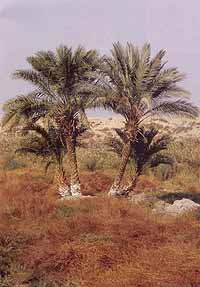
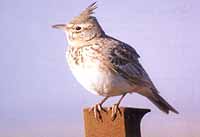
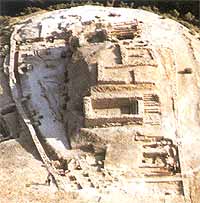
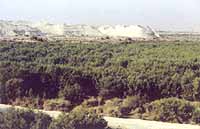
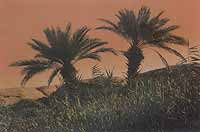
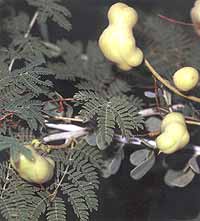
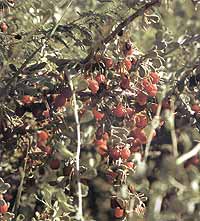
(JERASH - DECAPOLIS ERA - JORDAN - PETRA - WADI RUM - AQABA - THE DEAD SEA - MUJIB WILDLIFE RESERVE - DANA NATURE RESERVE - SHAUMARI NATURE RESERVE - AJLOUN NATURE RESERVE - AZRAQ WETLAND RESERVE - BIRD WATCHING - THE GULF OF AQABA - BETHANY BEYOND JORDAN)
EGYPT - LEBANON - SYRIA